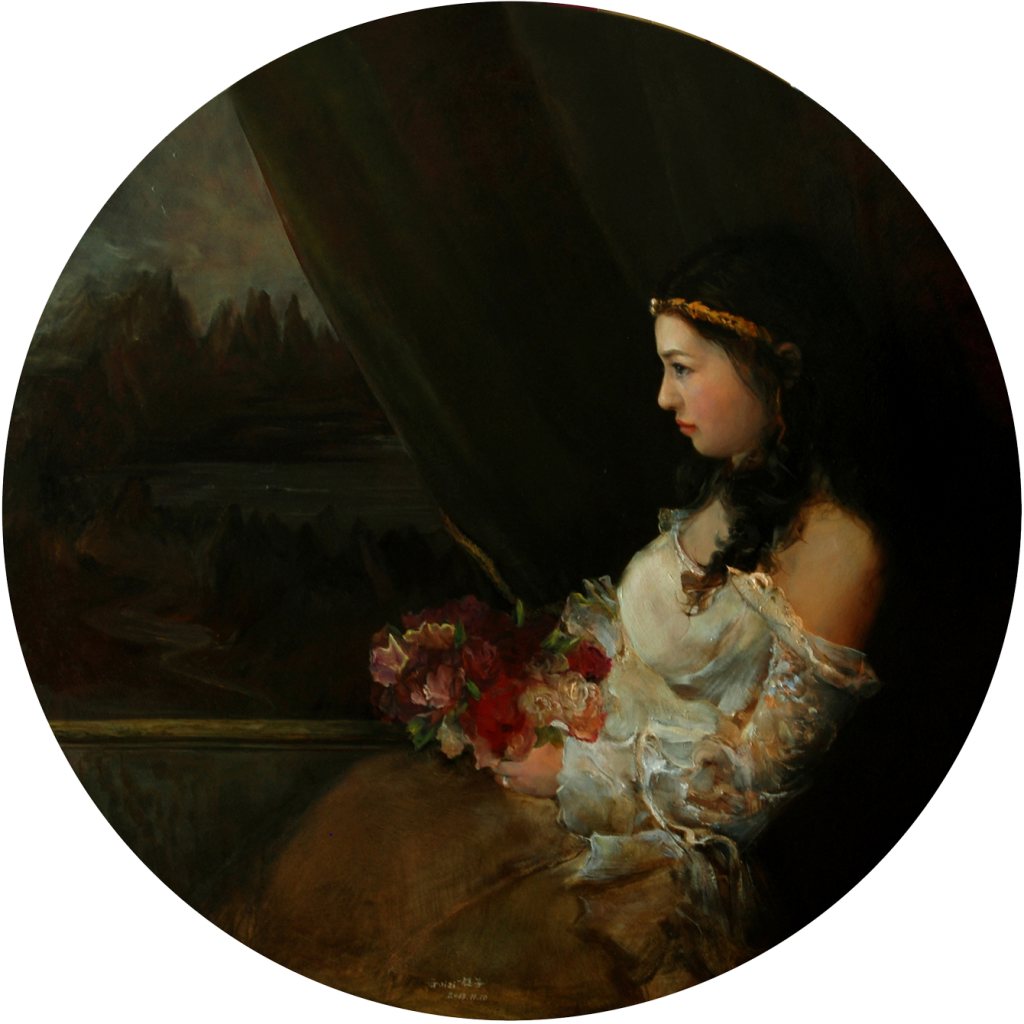The year was 1997. I had apprenticed with Odd Nerdrum for more than six months and I was struggling with a self-portrait. I tried several compositional solutions to no avail.
Finally, my eyes landed on Leonardo’s St. John the Baptist pointing towards the heavens; perhaps that hand movement was something for me? It would certainly supply the painting with more of a narrative. Besides, Leonardo understood how to master a composition. I’d be damned if it didn’t work for me as well…
But lo! No sooner had the idea entered my soul, did a feather-light angel land upon my left shoulder. The size of a butterfly, it whispered in an almost inaudible, lamenting tone of voice: “But, my dearest… that would be u n o r i g i n a l…”.
I caught my eyes red-handed in the mirror, but was unable to hold the gaze.
The thought of emulation had suddenly become morally suspect. It dawned on me that I could easily end up burning in hell.
With the future state of my soul such in peril, I decided to ask for competent advice. Somewhat bewildered, but with a calm supplied by professionalism, Nerdrum answered that the real “problem” would be to paint the arm well enough. Could I surpass Leonardo? His students may often experience him like that. While dreaming there is an annoying, winged creature on your shoulder; as you enter sunlight you are suddenly caressing an affectionate kitten.
I often think of that moment.
You know, we all grow up with Art values – they permeate our culture.
How easily one can succumb to the imperative of originality.
How «logical» to relinquish the possibility of learning from great masters.
How «natural» to fear — or desire — dominating social codes.
Giving up improvement. A great sacrifice, indeed.
Not everyone meets a master who can guide them according to classical values.
This is where Kitsch comes in.
Kitsch hones skill and dramatized storytelling as its pillars.
The basic human condition, however « sentimental», is the goal.
Archetypal images that confirm our situation, so we are not isolated and alone.
You can like or dislike the word, but it clarifies where you are, and what your values are. Thus, it keeps you strong mentally, something we need today more than ever.
We have all seen painters «change» in the face of criticism. Either because of honest trust in canonized authority, or from outright opportunism.
With the new understanding of Kitsch that can stop, because finally a constructive alternative has been presented.
Use your energy constructively. With Kitsch, a new renaissance is possible.










